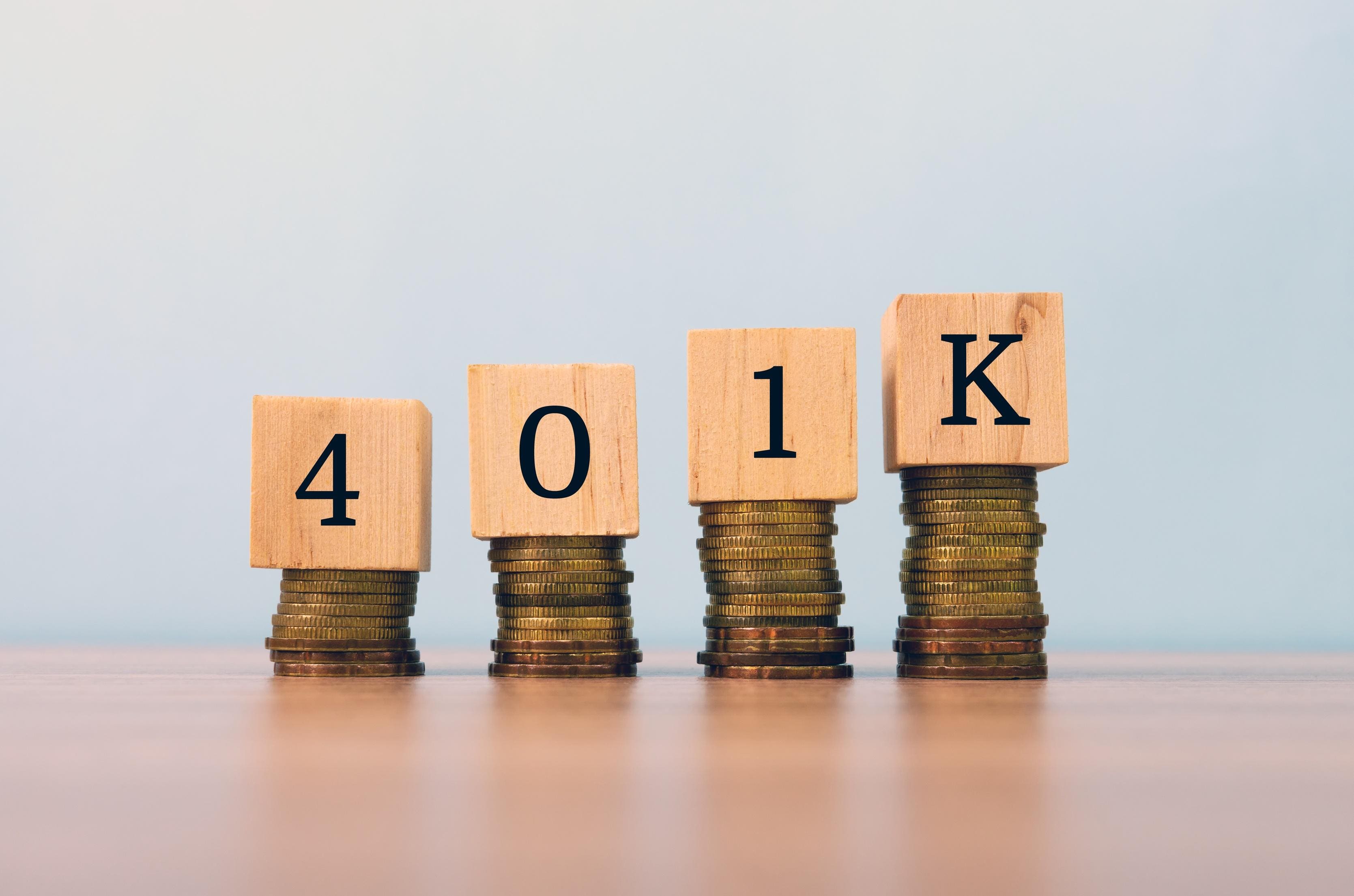To Build Retirement Savings, Leverage The Power Of Your 401(k) Plan

401(k) accounts leverage time and money.
getty
If you work for a company that offers you a way to leverage your retirement savings, it pays to learn as much as possible about how that works. Your 401(k) plan is a key tool to make it easier to achieve your goals. When you understand your company plan details, you will see that the 401(k)’s impact on your future cannot be overstated.
Your 401(k) And The Future You
To evaluate leverage, you need to think ahead to your financial future. Figuring out how to finance retirement may be absolutely necessary if you are 60 years old, but a 20-year-old likely doesn’t want to think 40 years ahead. And, yet, that 20-year-old will one day be 60, regretting not having started planning earlier.
We know that from survey data. A recent study by the Transamerica Center for Retirement Studies found that 73% of retirees wished they would have saved more on a consistent basis, and 66% wished they had been more knowledgeable about retirement saving and investing. It helps to start with the end in mind.
When you retire, your paycheck will stop. You will need other sources of income to pay your bills from then on. Some money will come in from Social Security retirement benefits. That’s usually not sufficient to pay all of your bills.
Social Security was not designed to replace your salary in full. As a result, you’ll have to have funds set aside to cover your living expenses. And, those expenses will increase in dollar amount over time due to inflation.
MORE FROMFORBES ADVISOR
To avoid regret, it’s best to look into the future to make a plan. Check out a FINRA resource called “The Beginner’s Guide to 401(k)s.” The article touches on “the power of compound interest (essentially the interest you earn upon interest),” adding that “the growth can be significant.” Another resource is the JP Morgan 2023 Guide to Retirement.
Now, Let’s Focus On Time
To truly understand why acting now is better than acting tomorrow has to do with the power of compound interest. I’m going to take you through three examples of how you can use time to build retirement wealth. To start, let’s review basic compounding. My next post will review 401(k) matches.
Compound Interest
Let’s start with a very simple scenario: three people each saving $500 a month for five years ($30,000 total). A 45-year-old, a 35-year-old and a 25-year-old will not add to those savings ever again. The 45-year-old will retire in 20 years; the 35-year-old will retire in 30 years; and the 25-year-old will retire in 40 years, each having saved a total of $30,000 and nothing more.
All three individuals invest in an S&P 500 Index Fund, which is a common option for 401(k) plans. Their financial results will depend on economic conditions during their time in the market.
Guess Who Has The Most Retirement Savings
Before giving you the figures, you can probably guess the results based on understanding that compounding needs time to fully actualize. Interest on interest in early years is not dramatic. But interest on interest on interest on interest on interest over longer periods builds wealth — it’s just how the math works.
Let’s assume that all three invested in an S&P 500 fund during the median 20-, 30- or 40-year historical period (going back to the 1920s).
Over 20 years, the 45-year-old’s $30,000 investment would have grown to $192,ooo at age 65, a tidy sum indeed.
The 35-year-old’s $30,000 was at work for an additional 10 years, leaving that person with $524,000 at age 65, or $332,000 more than the 45-year-old’s balance at age 65. And the 25-year-old’s $30,000, with 40 years of compounding, would have grown to $1.6 million by age 65.
Keep in mind that the investments and amounts are identical in all three cases. The only difference is time: $30,000 grew to $192,000 or $524,000 or $1.6 million based solely on the additional time period after an identical five years of $500 a month to a 401(k) plan.
Shorter compounding periods lead to lower ending balances. Longer ones lead to higher balances. Again, that’s just how the math works.
Inflation And Taxes
While considering compounding to grow your assets, you also need to be aware that money you’ll need to spend also compounds, but at a much lower rate based on history. Over time, you have both capital growing and expenses increasing due to inflation. You also have to address taxes after you start withdrawing from your 401(k). All of this confirms that it’s important to start compounding as early as possible.
Can’t Afford To Contribute To Your 401(k)?
Well, let’s see if that’s really true. Read about how to address retirement savings concerns before deciding to sit on the sidelines.
Your 401(k) Story
If you want to tell your personal 401(k) story — how you got started, what you learned and how you applied that knowledge, I’d love to hear about it. The 401(k) Champion competition is a pro bono educational initiative that I created, fund and sponsor in my role as a proponent of financial literacy. My goal is to encourage 401(k) participants to share their knowledge and enthusiasm through this national essay contest, with no cost to participate. One of the 2022 401(k) Champions, Kevin Alexander, put it this way in his essay: “I’ve received a lot of advice over the decades. . . . The best advice I ever received? Start a 401(k) and do it today.”
Questions
To keep up with topics that I cover, be sure to follow me on the forbes.com site (and if you would like to subscribe, check out the red box at the top right). Write to me at forbes@juliejason.com. Include your city and state, and mention that you are a forbes.com reader. While all questions cannot be answered, each email is read and reviewed and can lead to discussion in a future post.

Comments are closed.